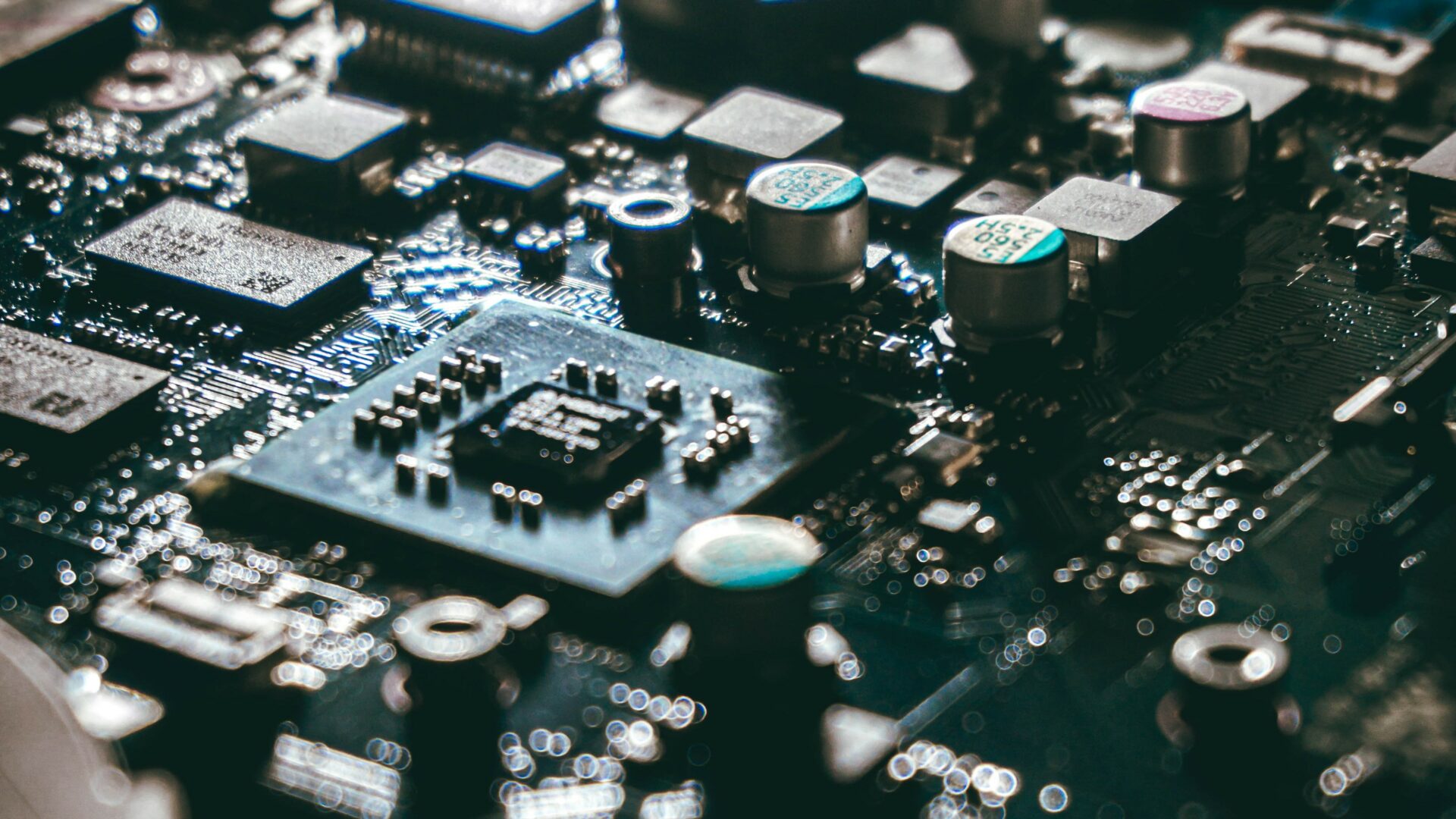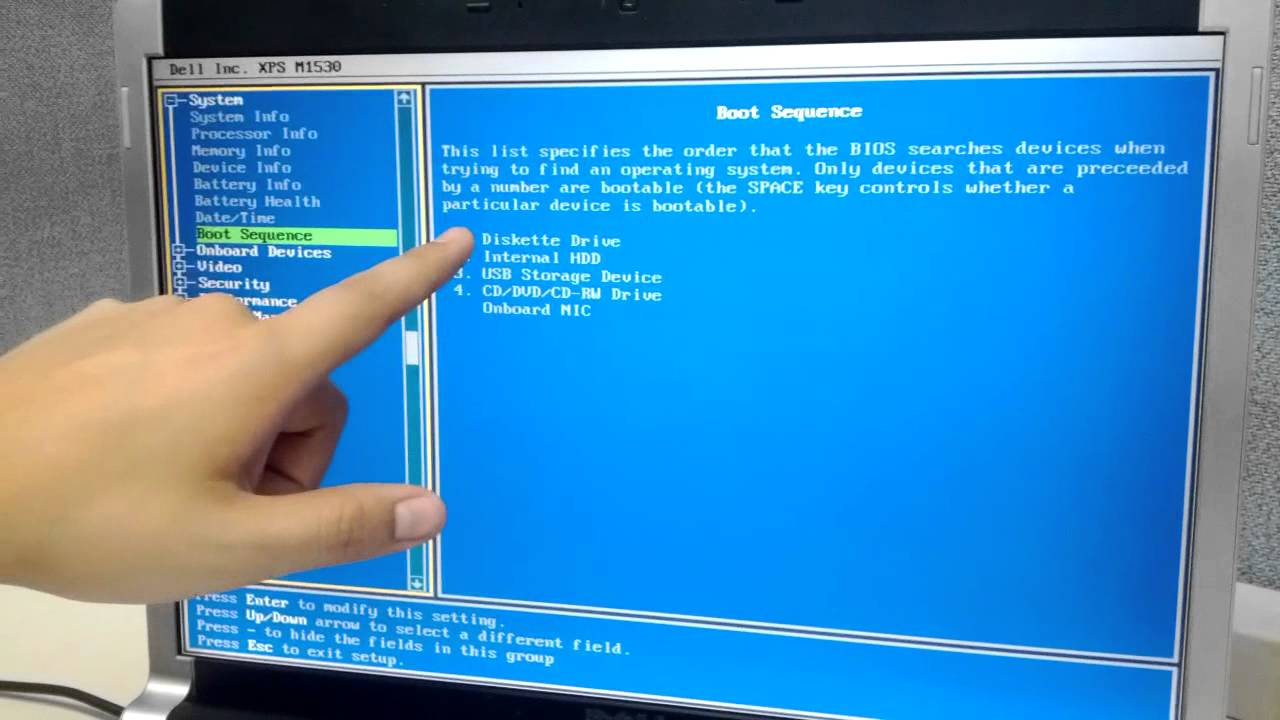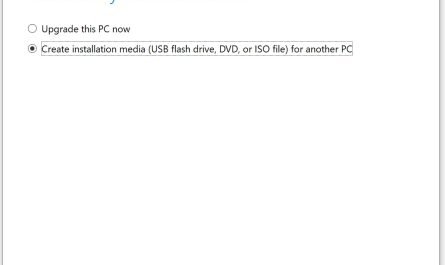If you need to access the BIOS on a Windows 10 machine, there are a few different ways that you can do it. The first and easiest is to simply restart your machine and press the appropriate key when prompted. This key is typically F2 or Del, but it may be something else depending on your particular motherboard.
If you don’t see any prompt, you can also try pressing F1 or F10. If none of these keys work, consult your motherboard’s manual for the correct key.
Another way to access the BIOS without restarting is to use the built-in Advanced Options menu in Windows 10.
To do this, go to Start > Settings > Update & Security > Recovery. Under “Advanced startup,” click “Restart now.” This will take you to a special menu where you can select “Troubleshoot,” “UEFI Firmware Settings,” and then “Restart.”
This will reboot your machine into the BIOS settings screen.
- Enter the BIOS menu by pressing a designated key during startup (often F2, F10, Esc, or Del)
- Navigate to the Security tab and select Secure Boot Configuration
- Disable Secure Boot and then select Exit Saving Changes
- reboot your computer and re-enter the BIOS menu
- Navigate to theBoot tab and disable Fastboot/Windows 8 features under Advanced Options
- Select Exit Saving Changes and restart your computer again
How to Enter Bios Windows 10 on Startup
If you need to access your BIOS, there are a few different ways that you can do so. One of the most common is by pressing a key during startup. For most PCs, this key is either F1, F2, or Del.
If you’re not sure which key to press, try all three and see which one gets you into the BIOS menu.
Once you’re in the BIOS menu, navigate using the arrow keys and make any changes that you need to. When you’re finished, simply press the Esc key to exit and save your changes.

Can I Get into Bios Without Restarting?
Yes, you can get into BIOS without restarting by using the following methods: 1. Use the “Esc” key during bootup. This will take you to the BIOS menu.
2. Use the “F2” key during bootup. This will also take you to the BIOS menu.
3. Use a software program that allows you to change your BIOS settings without restarting.
How Do I Check My Bios Windows 10 Without Restarting?
If you want to check your BIOS version without restarting your computer, you can do so from the System Information app. To open System Information, press the Windows key + R on your keyboard, type “msinfo32” into the Run dialog box, and press Enter.
Once System Information is open, look for “BIOS Version/Date” in the right pane.
This will tell you what BIOS version your computer is currently running.
How Do I Force Bios in Windows 10?
There are a couple different ways that you can force your BIOS to update in Windows 10. The first way is to use the “ms-settings” command. This will open up the Settings window where you can go to Update & Security > Windows Update.
From here, you can check for new updates and install them if they are available. The second way is to use the “wushowhide” command. This will open up the Show or Hide Updates window where you can select which updates you want to install and hide any that you don’t want installed.
How Do I Force Bios?
There are a few different ways that you can force your BIOS to update. The first way is to use the built-in updater within your BIOS. This is usually the easiest method, but it may not be available on all systems.
If your system does have this feature, simply navigate to the “Update BIOS” section of your BIOS and follow the instructions.
Another way to force a BIOS update is by using a bootable USB drive or CD/DVD. To do this, you will need to download the latest BIOS update from your motherboard manufacturer’s website and save it to a bootable USB drive or burn it to a CD/DVD.
Then, boot from the USB drive or DVD and follow the on-screen instructions to complete theupdate process.
If neither of these methods are available or if they don’t work for some reason, you can also try clearing your CMOS (Complementary Metal Oxide Semiconductor). Clearing your CMOS will reset all of your BIOS settings back to their default values and may trigger an automatic update.
To clear your CMOS, simply locate the jumper labeled “Clear CMOS” on your motherboard and move it from its current position over one pin (usually towards the center of the board). Leave it in this position for about 10 seconds before moving it back into its original position.
How To Enter into BIOS Settings without Restart or pressing any Keys
Conclusion
If you need to access your BIOS on a Windows 10 PC, you’ll need to restart your computer and press a key during the startup process. The key you need to press will be displayed on-screen, and it is usually one of the F keys (F1, F2, F3, F4, F5, F6, F7), Esc or Del.





